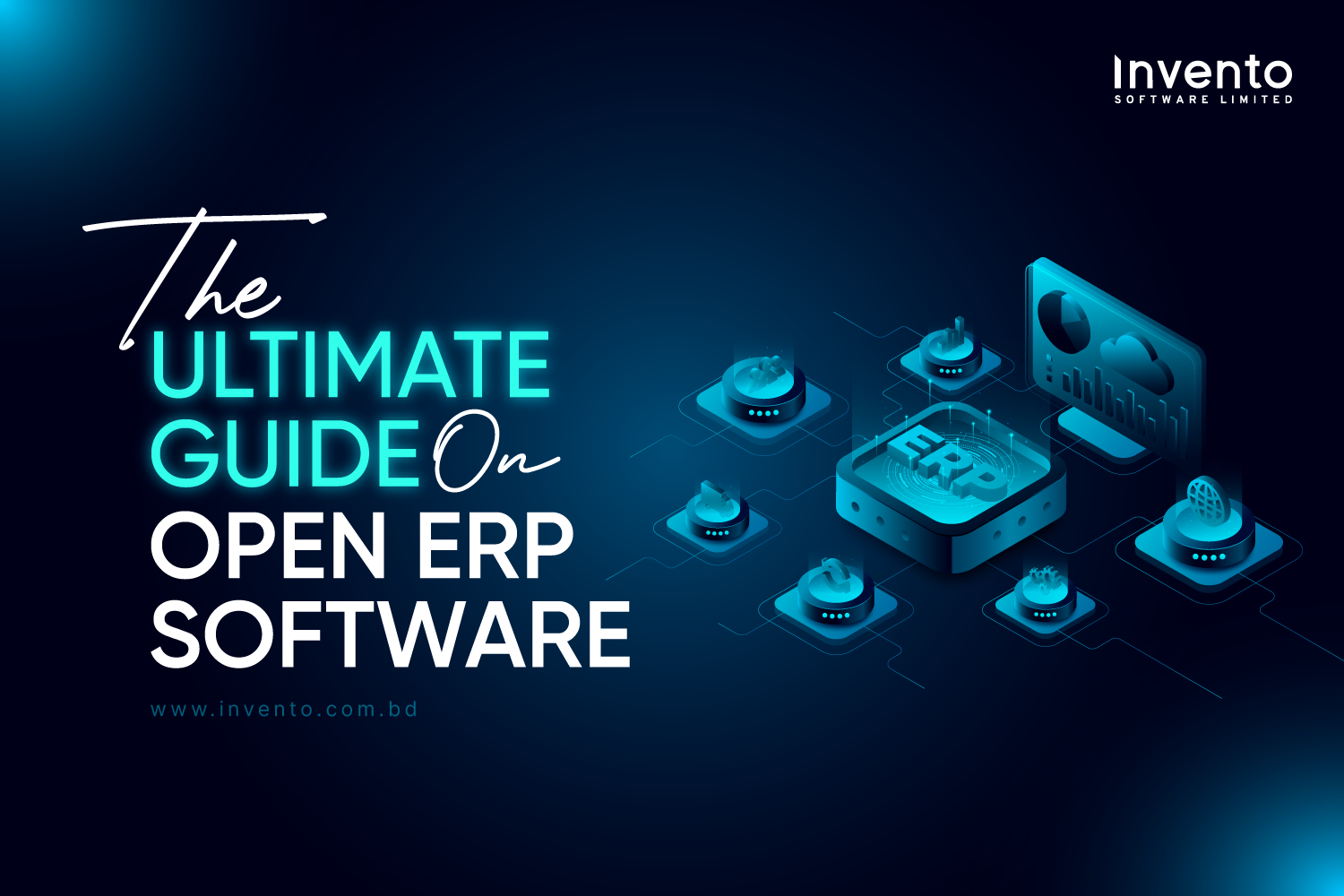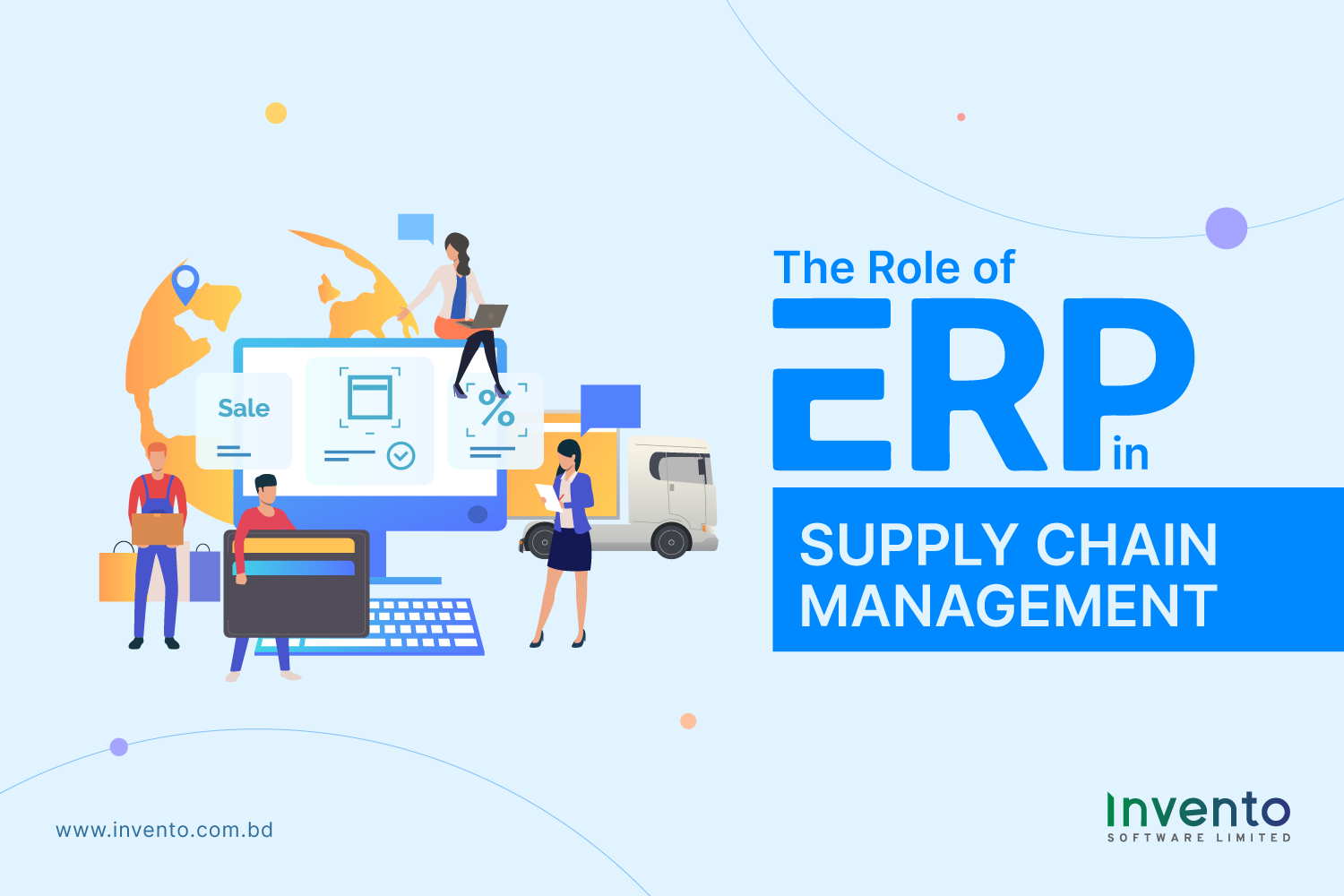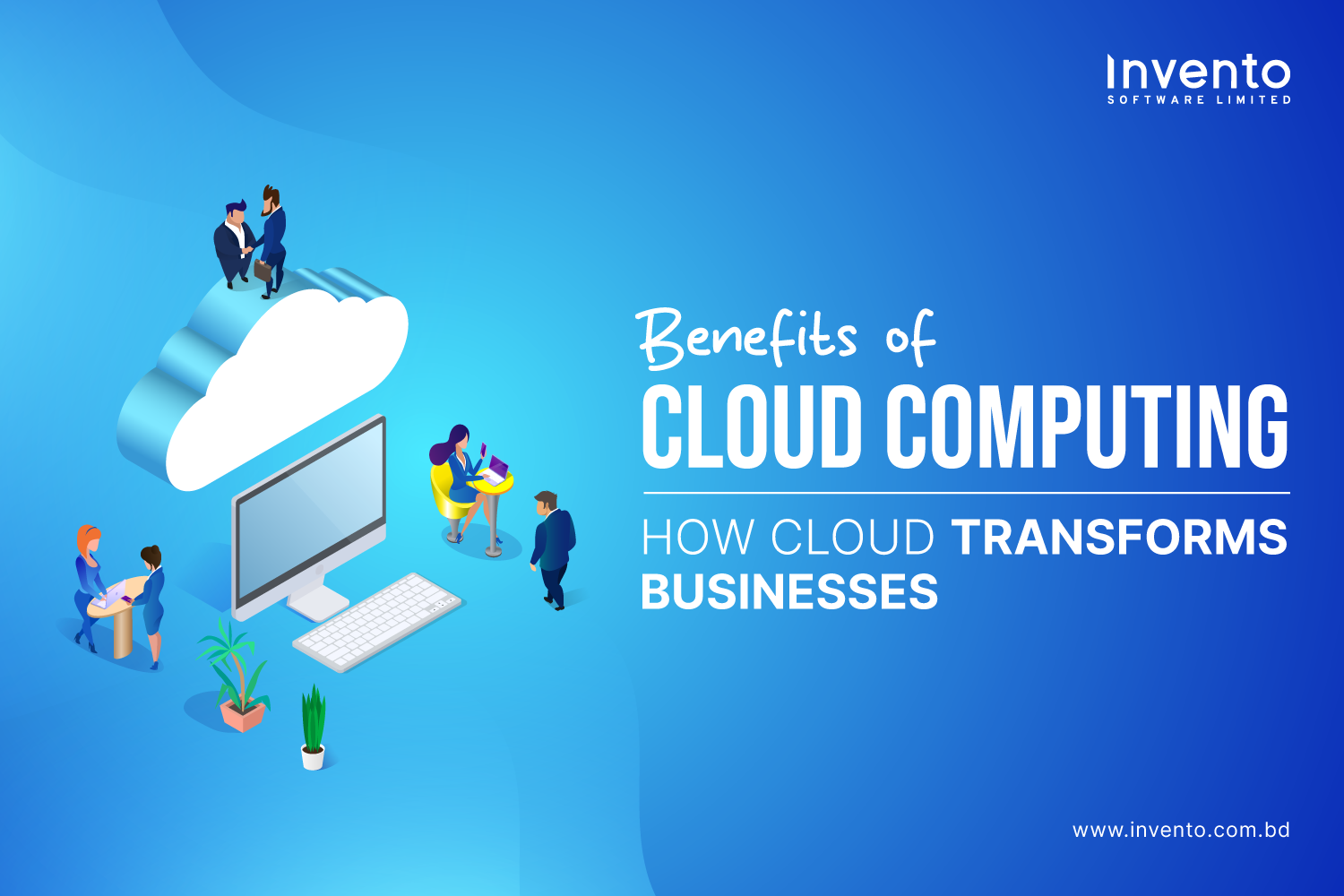In the recent phase, Open ERP software is transforming the way businesses manage their operations by integrating sales, finance, inventory, HR, and customer relations into one unified platform. In the fast-paced business environment, efficiency, automation, and data-driven decision-making are truly essential. Among various ERP solutions, open-source ERP software has gained popularity due to its flexibility, affordability, and strong community support. Two of the most widely used open-source ERP platforms are Odoo and ERPNext. Do you struggle with switching between different apps for different purposes? No worries! That’s the exact problem that an open ERP software solves.
This article will take a deep dive into:
- What open ERP software is
- The benefits of open-source ERP
- How to choose the right ERP system for your business
What is Open ERP Software?
Open ERP software is an enterprise management platform built on open-source technology. Think of traditional ERP systems that require expensive licensing fees and vendor lock-ins. But open ERP solutions are completely free to use, highly customizable, and supported by large developer communities.
With open ERP, companies have the freedom to:
- Modify source code to fit unique workflows.
- Add or remove modules depending on business needs.
- Host the system on their own server or use cloud hosting.
- Rely on community-driven innovation and plugins.
This absolutely makes open ERP software an attractive option for businesses that value cost savings, flexibility, and control. Sounds cool, right?
Benefits of Open ERP Software
Unlike proprietary ERP systems that actually require heavy licensing fees and restrict flexibility, open-source ERPs offer freedom, affordability, and innovation. Below are the key benefits explained in detail:
Cost-Effective
One of the biggest advantages of open ERP software is affordability. You’re probably aware of traditional ERP systems, which often come with expensive licensing fees, recurring subscription costs and upgrades. But can you imagine a platform which provides totally free access to core modules, with optional costs only for advanced features or support? Yes, open ERP platforms such as Odoo Community and ERPNext do this. This makes it possible for startups and SMEs to adopt ERP solutions without breaking their budgets.
Customizable
Every business is unique, and so are its workflows. Open ERP software gives companies the full access to the source code, allowing them to modify features, create custom reports, add workflows, or even build entirely new modules. Unlike proprietary systems that force businesses to adapt to fixed features, open ERP empowers organizations to shape the software around their exact needs.
Scalable
Think of a small business today that may become a large enterprise tomorrow. Open ERP platforms are genuinely designed to scale as your organization grows. You can just start with a few basic modules (like sales, accounting, or inventory) .You can later expand to advanced features (like supply chain management, HR, or manufacturing). This super flexibility ensures businesses don’t need to switch to a new ERP as they expand.
Community Support
Can you notice that one of the strongest assets of open ERP software is its global community of developers, consultants, and users? Yes, you heard that right. These communities constantly contribute new modules, share best practices, and fix bugs. For example, both Odoo and ERPNext have active forums, documentation, and third-party support providers. This means businesses are never alone. They can easily find solutions and expert help when needed.
Integration-Friendly
You’re already aware that modern businesses rarely rely on a single tool, right? They use a mix of eCommerce platforms, payment gateways, CRMs, email marketing tools, and more. Open ERP systems are API-driven, making it easy to integrate with third-party applications such as Shopify, WooCommerce, PayPal, Stripe, or Google Workspace. This seamless connectivity fully ensures all your business tools work together within one ecosystem.
Transparency and Reliability
With open-source ERP, the source code is fully accessible, which means there are no hidden processes or “black box” functionalities. This level of transparency ensures greater trust, accountability, and security compared to closed-source systems. Businesses can review, audit, and verify the code themselves, or rely on their IT team to do so.
Odoo: The Modular Business Management Suite
Odoo, originally known as OpenERP, is one of the most popular open ERP systems in the world. With over 7 million users worldwide, it offers a wide range of applications that cover almost every aspect of business management.
Key Features of Odoo
- Over 30 core apps: CRM, Sales, Inventory, Manufacturing, Accounting, HR, Marketing, and more.
- 20,000+ community modules: Extensions developed by Odoo’s active global community.
- Modern user interface: Intuitive, responsive, and mobile-friendly design.
- AI & Automation tools: Smart reporting, automated workflows, and predictive analytics.
- Integration-friendly: APIs for connecting with Shopify, WooCommerce, PayPal, Stripe, and more.
- Deployment options: Cloud hosting (Odoo Online) or on-premise installation.
Strengths of Odoo
- Highly scalable, perfect for growing businesses.
- Strong third-party app marketplace.
- Advanced customization options for developers.
- Robust reporting and business intelligence tools.
Best Use Cases for Odoo
- Medium to large enterprises with complex operations.
- Companies needing end-to-end solutions (eCommerce, manufacturing, HR, accounting in one).
- Businesses with in-house developers or ERP consultants.
ERPNext: The Simple and Agile Open ERP
ERPNext is another strong open ERP software, built with simplicity and accessibility in mind. It is particularly popular among small and medium-sized businesses (SMEs) that want an all-in-one solution without excessive complexity.
Key Features of ERPNext
- Comprehensive modules: Accounting, CRM, Sales, Purchasing, Manufacturing, Inventory, HR, Payroll, and Project Management.
- Ease of use: Simple, clean, and fast-loading interface.
- Customization: Workflows and forms can be adapted without deep coding.
- In-built reporting & dashboards: Real-time analytics with minimal setup.
- Multi-language & multi-currency support: Great for global businesses.
- Cloud & self-hosted options: Flexible deployment.
Strengths of ERPNext
- Easier to use compared to Odoo.
- Quick to implement, even for non-technical teams.
- Lower cost of ownership.
- Strong community and regular updates.
Best Use Cases for ERPNext
- Startups and SMEs looking for affordable ERP.
- Companies with straightforward operations (e.g., retail, distribution, small manufacturing).
- Organizations that want fast setup without heavy customization.
Which Open ERP System Should You Choose?
✅ Choose Odoo if:
- You need a highly scalable and customizable ERP.
- Your business has complex processes and requires advanced features.
- You have resources (developers or consultants) to handle implementation.
✅ Choose ERPNext if:
- You are a startup or SME looking for quick deployment.
- You want an affordable, easy-to-use solution.
- Your operations are simple and don’t require deep customization.
Final Thoughts
Both Odoo and ERPNext are powerful open ERP software platforms that can transform the way businesses operate.
- Odoo is ideal for enterprises that want a feature-rich, customizable, and scalable ERP ecosystem.
- ERPNext shines for smaller businesses that prioritize simplicity, cost-effectiveness, and ease of use.
Ultimately, the choice depends on your business size, industry, budget, and technical capacity.







